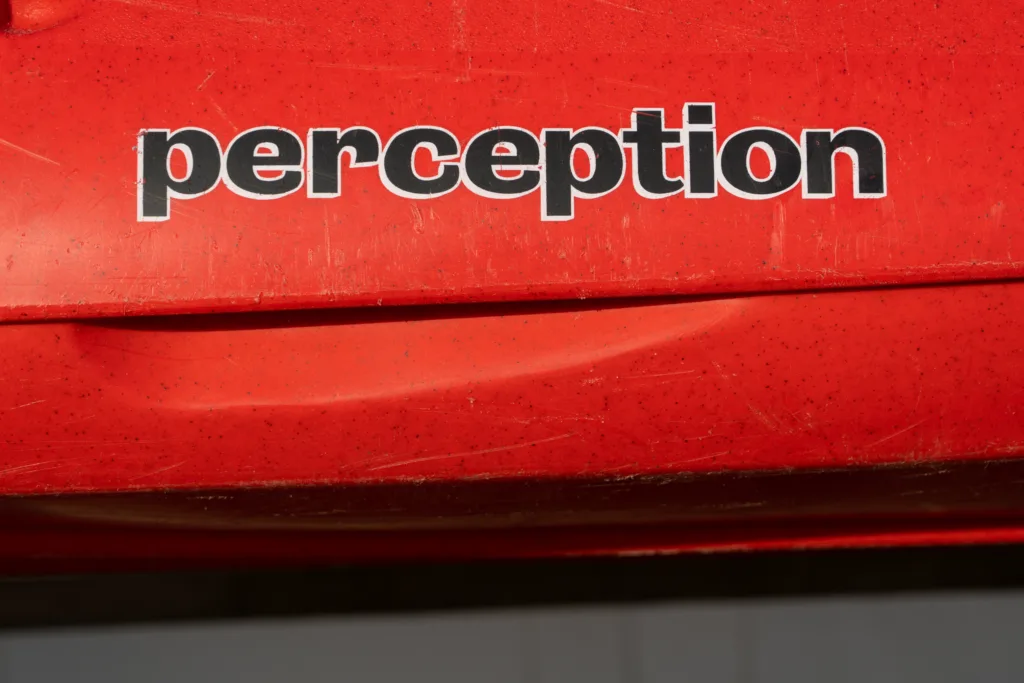Perception is the process by which we interpret information from our environment so that we can identify its meaning. It is a complex cognitive process that involves a series of stages, including sensation, attention, interpretation, and memory. Sensation is the initial stage of perception and involves the detection of physical energy from the environment through our sensory receptors, such as our eyes, ears, nose, tongue, and skin.
Sensory receptors are specialized cells that are sensitive to particular types of physical energy, such as light, sound, chemicals, or pressure. When these receptors are activated, they produce a neural signal that is transmitted to the brain for further processing. The membrane potential produced in the receptor cell by sensory transduction is the first step in the neural processing of sensory information.
Perception occurs when this neural signal interacts with other information in the brain, such as memories, expectations, and context. Attention is a crucial stage of perception that involves selecting and focusing on particular aspects of the sensory input while ignoring others. This process is influenced by factors such as novelty, relevance, and emotional significance.
Interpretation is the stage of perception were we assign meaning to the sensory information based on our past experiences, knowledge, and expectations. This process can be influenced by a variety of factors, including culture, language, and personal biases. For example, the same visual stimulus can be interpreted differently by people from different cultural backgrounds.
Memory is the final stage of perception, where we store and retrieve information about our sensory experiences. This process is important for learning, decision-making, and problem-solving. Our memories of past experiences can also influence our current perceptions and expectations.
Perception is a dynamic and flexible process that can be influenced by a variety of factors. It is not a passive reflection of the external world, but an active construction of our internal representation of reality. Our perceptions are shaped by our sensory abilities, attentional processes, interpretive strategies, and memory systems. By understanding the complex nature of perception, we can gain insights into how we perceive and interact with the world around us.
What Perception Involves Integrating Information?
Perception that involves integrating infrmation is known as intermodal perception or multimodal perception. This type of perception refers to the process of perceiving objects or events that provide information to more than one sense simultaneously. It involves the integration of sensory information from different modalities, such as vision, hearing, touch, and smell, to form a unified perception of the world around us. Intermodal perception allows us to perceive objects and events as coherent and meaningful, even when sensory information is incomplete or ambiguous. This process is essential for our ability to navigate and interact with the environment, and it is a fundamental aspect of human perception and cognition.

Where Does Perception Of Sensory Stimuli Occur Quizlet?
The perception of sensory stimuli occurs in the brain. More specifically, sensory information is frst received by specialized cells in sensory organs such as the eyes, ears, nose, tongue, and skin. These cells then convert the physical stimuli into electrical signals, which are transmitted to the brain via sensory nerves. The brain then processes this information and creates a conscious perception of the sensory stimuli. This process involves multiple regions of the brain, including the primary sensory cortex, which receives and processes sensory input; the association cortex, which integrates information from multiple sensory modalities; and higher-order brain regions, which are responsible for perception, attention, and memory. Ultimately, the perception of sensory stimuli is a complex and dynamic process that involves the coordinated activity of many different parts of the brain.
What Is Sensory And Perception?
Sensory perception is a fundamental ability possessed by all individuals to comprehend and interact with their surroundings using the five senses: sight, smell, hearing, taste, and touch. Sensory perception serves as a critical tool for processing and interpreting sensory information, allowing individuals to make informed decisions and judgments about their environment. Perception is the process of organizing and interpreting sensory information from the environment to understand its meaning and significance. It involves a complex interplay between the physical properties of stimuli and the cognitive processes of the brain. Perception is influenced by factors such as attention, expectation, motivation, and past experiences. sensory perception is a crucial aspect of human functioning that alows individuals to navigate and respond to the world around them.
What Is Difference Between Perception And Sensation?
Perception and sensation are two terms that are often used interchangeably, but they are not the same thing. Sensation refers to the process of sensing a stimulus, while perception is the process of interpreting and making sense of that stimulus.
Sensation is a physiological process that occurs when sensory receptors in our body detect a stimulus from the environment. For example, when light enters our eyes, it activates sensory receptors that send signals to our brain, which we perceive as vision. Similarly, when we hear a sound, sensory receptors in our ears detect the sound waves and send signals to our brain, which we perceive as hearing.
Perception, on the oter hand, is the process of interpreting and making sense of these sensory signals. It involves using our previous experiences, expectations, and context to understand what the sensory input means. For example, when we see an object, we not only sense its shape and color but also use our previous knowledge to identify it as an object we have seen before.
Sensation is the process of sensing a stimulus, while perception is the process of interpreting and making sense of that stimulus.

Conclusion
Perception is an essential aspect of human experience as it enables us to understand and interact with our environment. It involves the interpretation of sensory informtion received from our senses, including sight, smell, hearing, taste, and touch. Perception allows us to make sense of the world around us and make informed decisions based on our observations. It is a complex process that involves the integration of information from multiple senses to create a unified perception of an object or event. Understanding how perception works can help us appreciate the intricacies of our sensory experiences and how they shape our understanding of the world. perception is a fascinating and crucial aspect of human perception that continues to be studied and explored by researchers in various fields.
